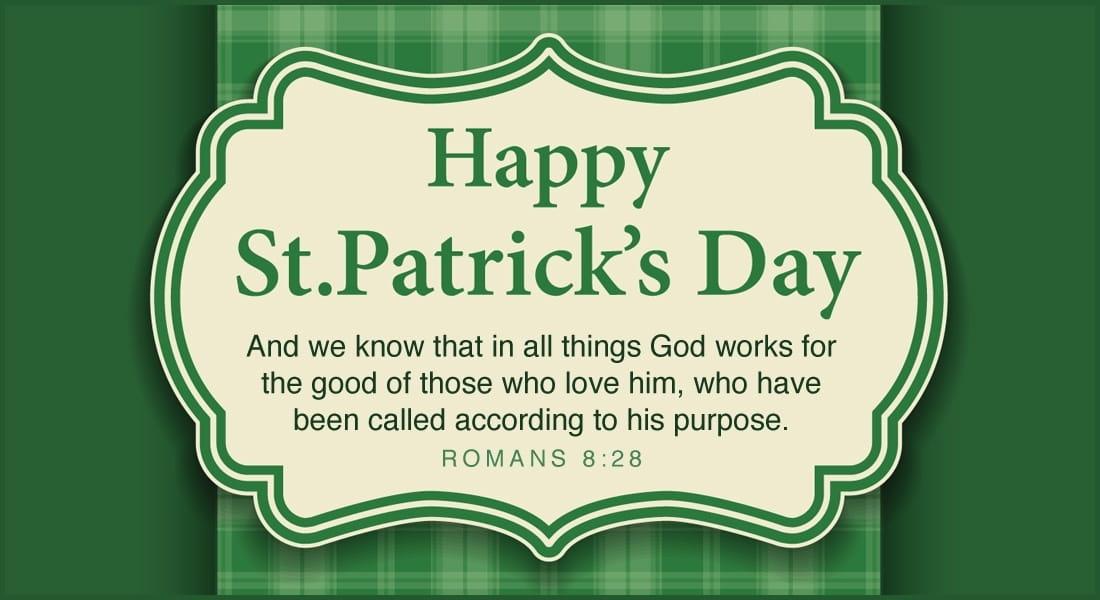Religious Education
Marylene Douglas

Religious Education
Marylene Douglas
On Friday 17th March we celebrated the Feast of St Patrick. Some of our school leaders respresented St Louis de Montfort's at a special mass at St Patrick's Cathedral followed by a concert and fun activities in the Treasury Gardens. The students were excellent ambassadors for our school and represented St Louis' with pride.


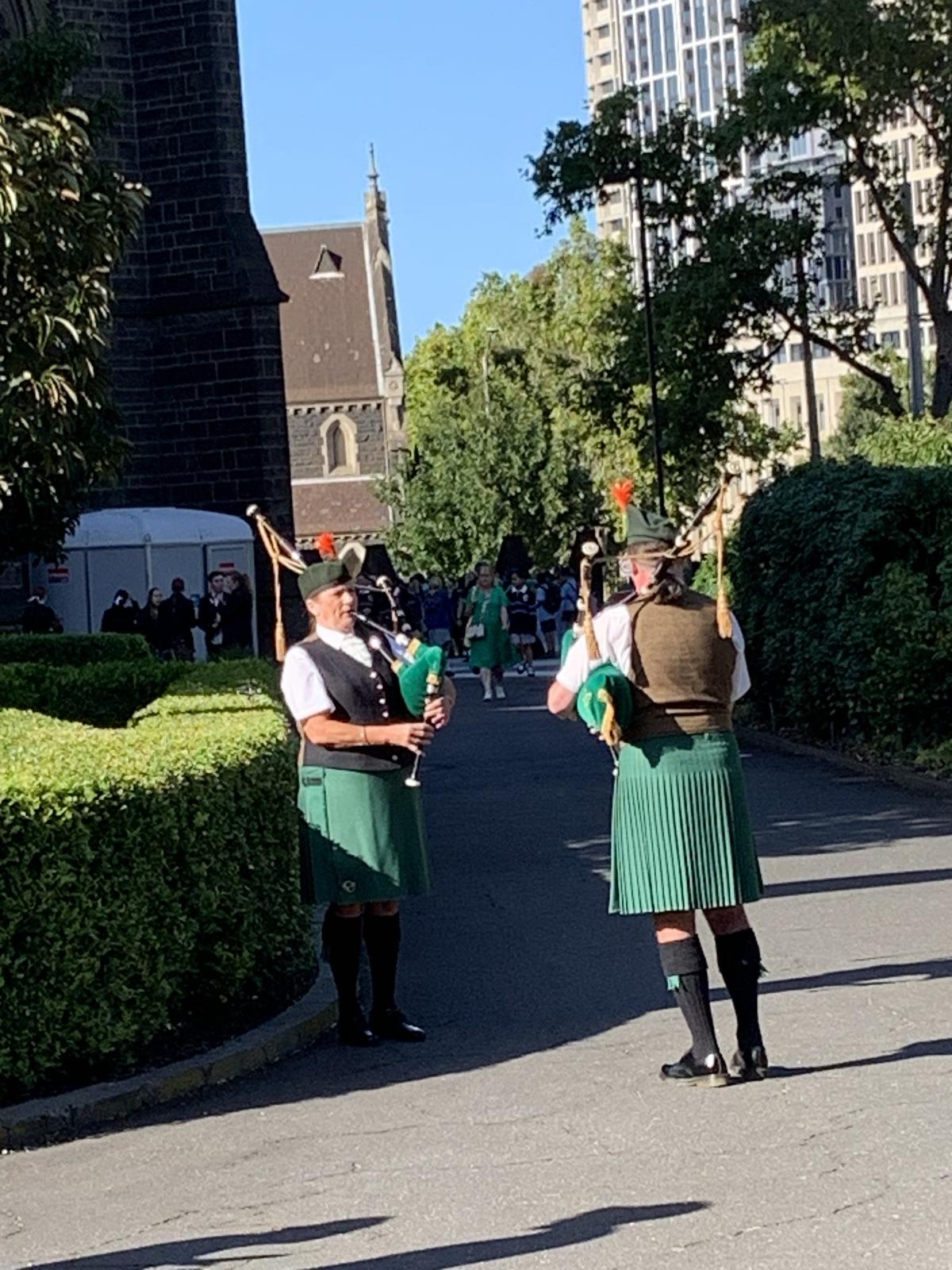
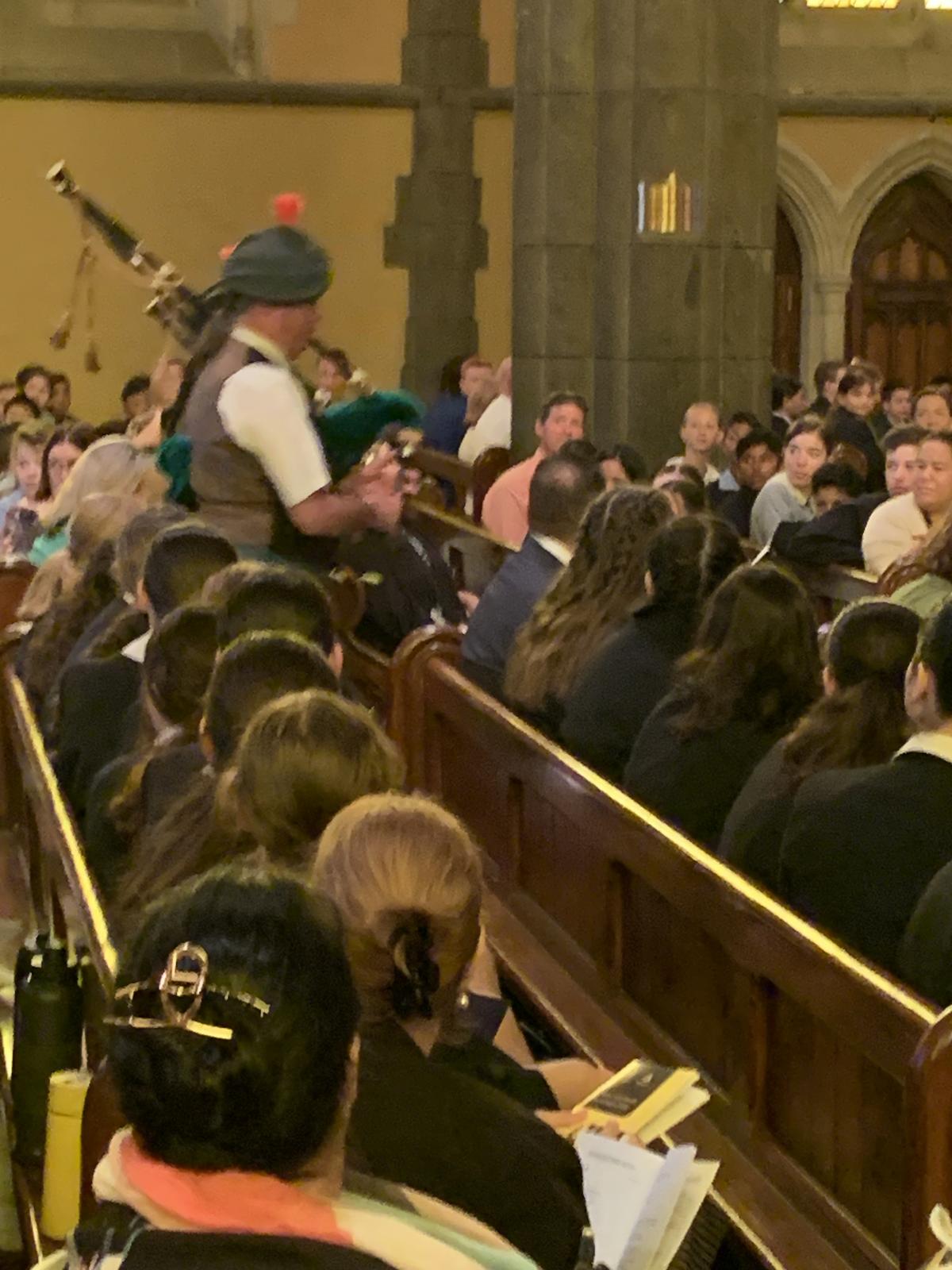
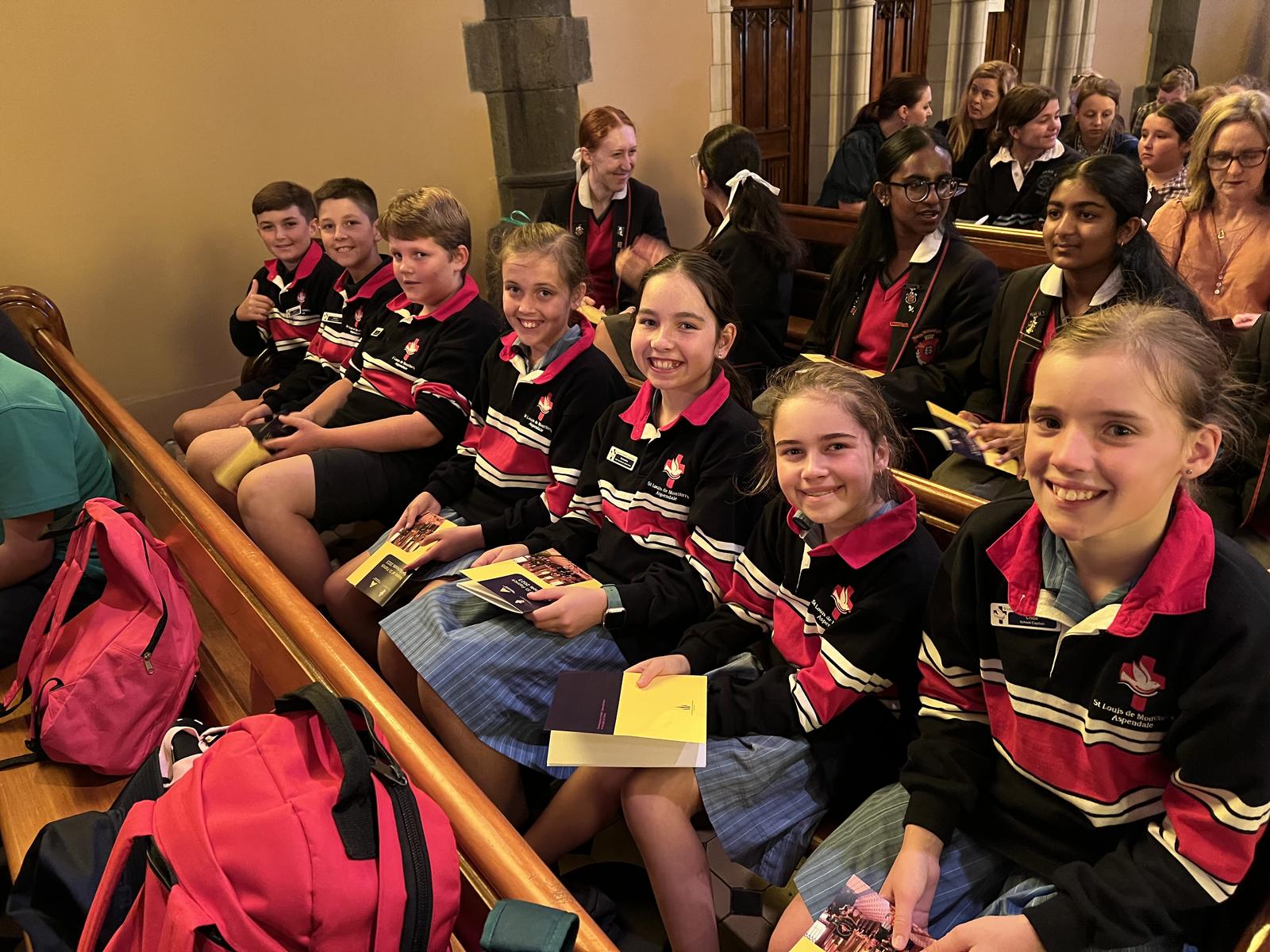





























In 1848, the Augustine Friar, James Goold was appointed the first bishop of Melbourne He negotiated with the colonial government for a grant of five acres of land for a church in the Eastern Hill area. Since the Catholic community of Melbourne was at the time almost entirely Irish, the cathedral was dedicated to St Patrick, the patron saint of Ireland.
In 1858 William Wardell was commissioned to plan the cathedral and building commenced that same year. Although the nave was completed within 10 years, construction proceeded slowly, and was further delayed by the severe depression which hit Melbourne in 1891. Under the leadership of Archbishop Thomas Carr the cathedral was consecrated in 1897 and even then it was not finished. Given the size of the Catholic community at the time, the massive bluestone Gothic cathedral was an immense and very expensive undertaking, and there were long delays while funds were raised. St Patrick's was one of the two largest churches brought to substantial completion anywhere in the world in the 19th century.


St Patrick's Cathedral with scaffolding and St Patrick's School, Eastern Hill c. 1866 State Library Victoria H2119
Daniel Mannix, who became Archbishop of Melbourne in 1917, maintained a constant interest in the cathedral, which he was determined to see finished after the long delays during the previous 30 years. He oversaw the addition of the spires and other elements in the late 1930s. The building was officially completed in 1939.
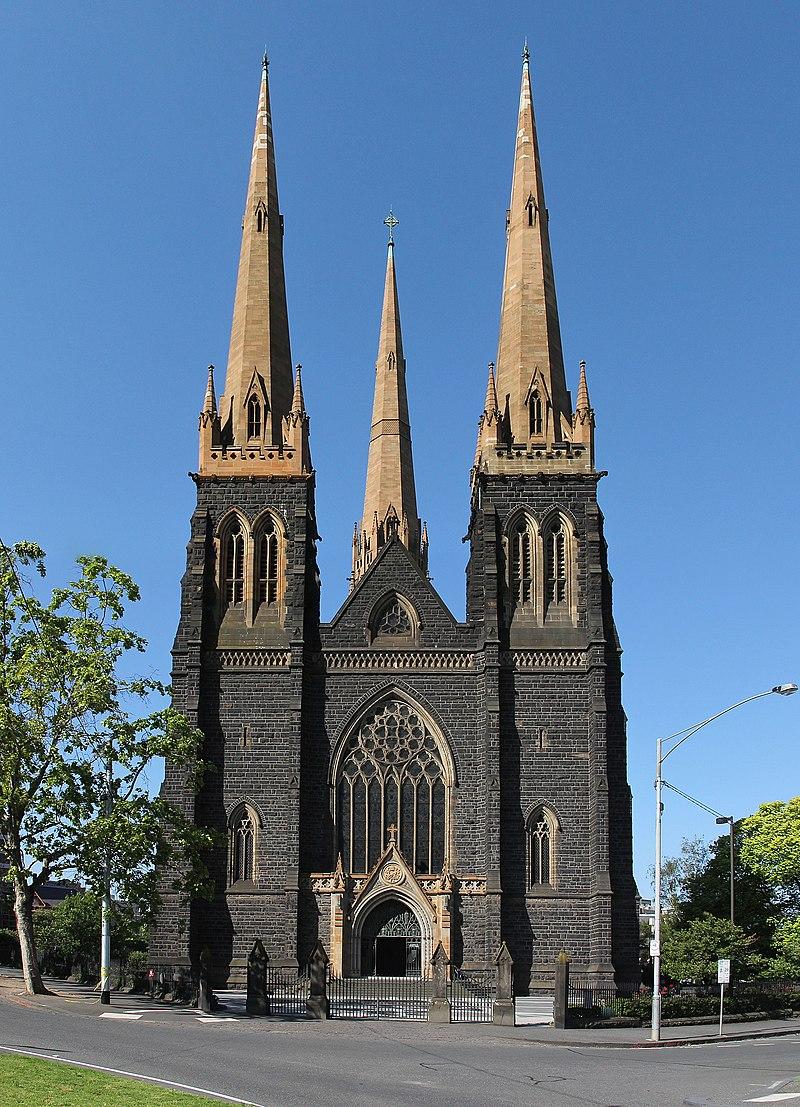

St Patrick was born in the Roman province of Britain, Patrick was captured at the age of 16 by Irish raiders. He was taken to Ireland and sold into slavery. He was a shepherd for six years before escaping and returning home. Patrick had a dream of converting Irish pagans, and this propelled him to priestly studies in Gaul (now France). Pope St. Celestine I consecrated him bishop around 432, and Patrick was sent to Ireland. For nearly 30 years, he preached tirelessly, made countless converts, founded monasteries and established the primatial see at Armagh. Stories of Patrick using the shamrock to explain the Holy Trinity and driving snakes from the island are legend. His feast day is March 17 and he’s patron of Ireland.


TRUE OR FALSE?
1. Patrick was Irish.
2. He lived for a time in France.
3. He was well-educated.
4. He used a shamrock to explain the Trinity.
5. He drove the snakes from Ireland.


You may be surprised to learn that only number two is true! St. Patrick was a Roman of British origin, probably born near present-day Scotland. Because he was captured and sold into slavery when he was 16, he was not particularly well-educated. After six years, he escaped and ended up on a ship bound for France where he trained for the priesthood at a monastery. While he may have used the shamrock to explain the Trinity, there is no mention of it in any of his writings or any of the early stories of his life. Despite the fiction that has arisen about him, St. Patrick was an ardent and tireless missionary who endured much hardship, including beatings and imprisonment, to bring the Christian faith to the Celtic people. He has been honored as patron of Ireland since the seventh century.
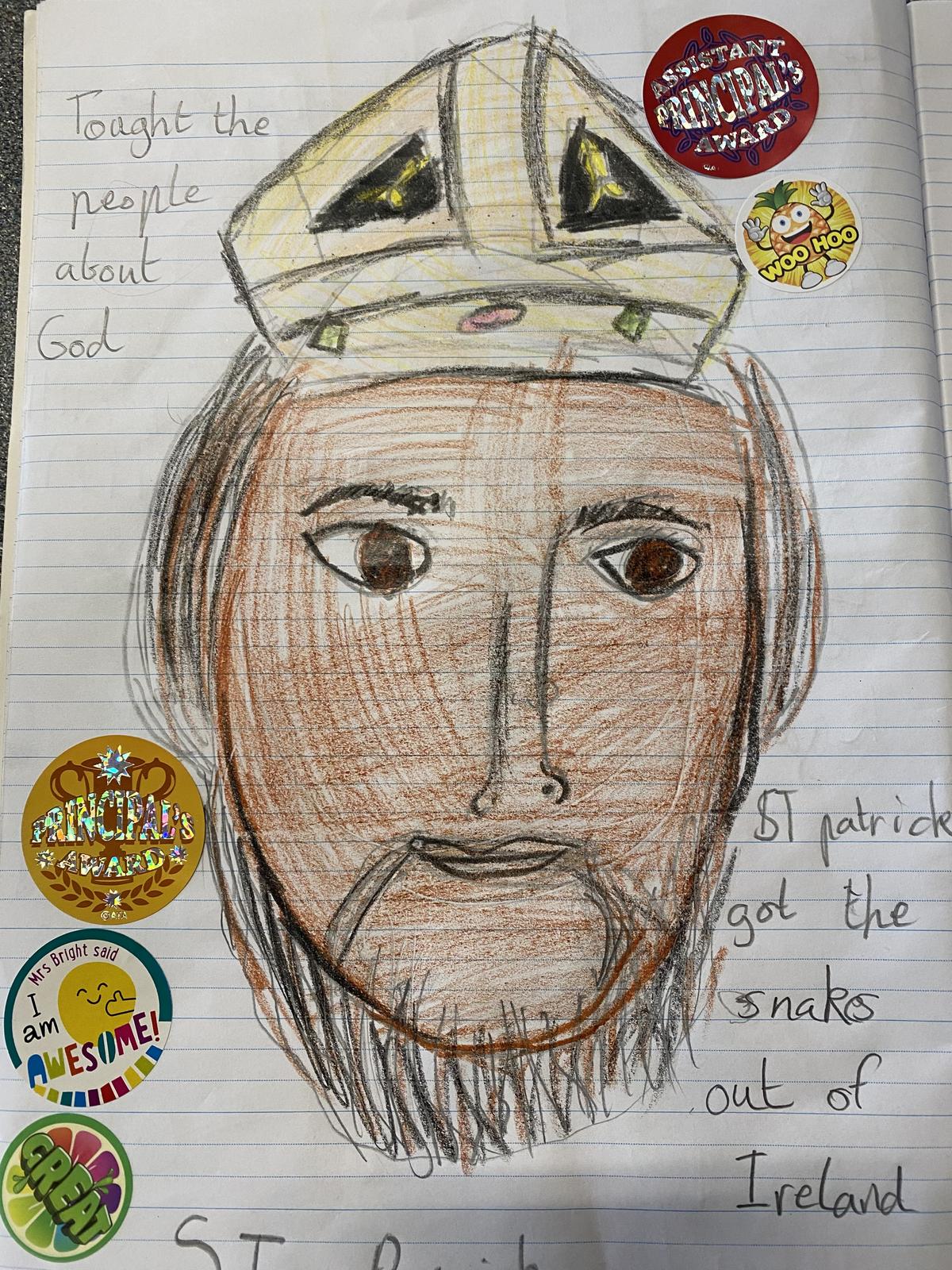

Lydia in Year 2BD's amazing portrait of
St Patrick
